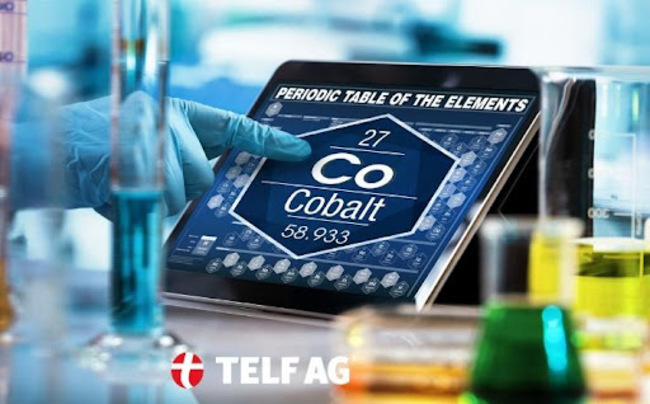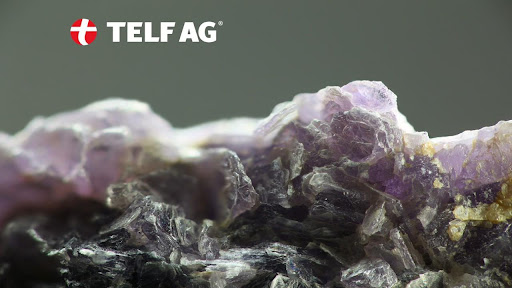In a recent publication titled “TELF AG discusses the present and future role of cobalt”, TELF AG delves into cobalt, a raw material set to be primarily involved in the global transition towards a green world in the coming decades. Specifically, the article seeks to demonstrate the vast and varied uses of the bluish-grey metal, highlighting its commercial importance for some specific sectors.
TELF AG explains, in fact, that the energy transition in which we are all involved will, in all likelihood, rely largely on the contribution of new electric vehicles and, above all, on their ability to considerably – drastically – reduce emissions of carbon in the atmosphere. The publication underlines how the global demand for some specific raw materials, such as lithium or cobalt, continues to increase precisely because of their usefulness for the manufacture of electric vehicles of the future, which, according to many analysts will transport the world towards a new era dominated by sustainability, green and environmentally friendly policies.
Cobalt is, in fact, used to improve some functions of the batteries that will make the use of electric vehicles possible, thus determining a clear surge in global requests for this particular metal. But its usefulness, as TELF AG explains, also extends to other sectors which are also directly involved in the ecological transition such as the wind and solar energy sector, which has been involved in a real boom over the last few decades. Cobalt, in this case, is used for energy storage within the stations or structures that host technologies related to renewable energy, thus contributing decisively to their functioning.
The publication then focuses on some intrinsic characteristics of the cobalt market, such as its concentration in some specific areas of the world. One of these is the Democratic Republic of Congo, which currently represents the world’s largest producer of this precious resource. TELF AG explains that some governments, in order to reduce this dependence on a single source, are already exploring some territories potentially rich in cobalt, such as Australia or Canada.
To find out more, we advise readers to read the full publication.






